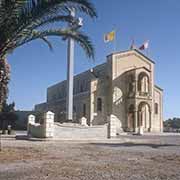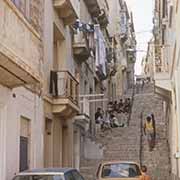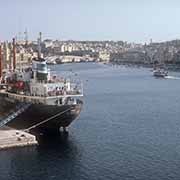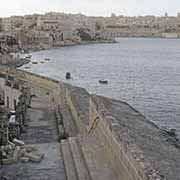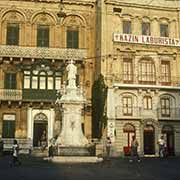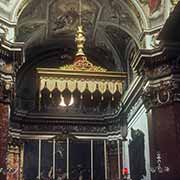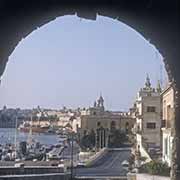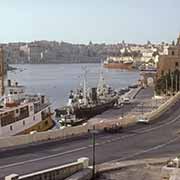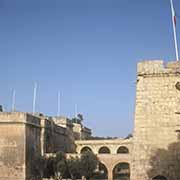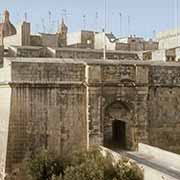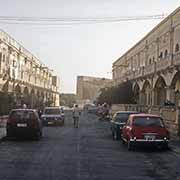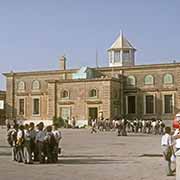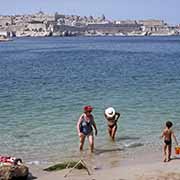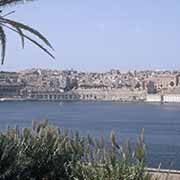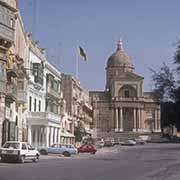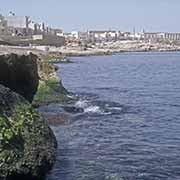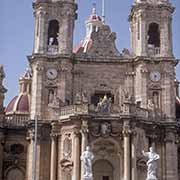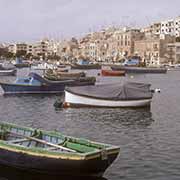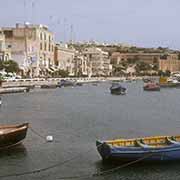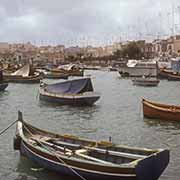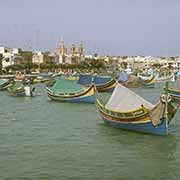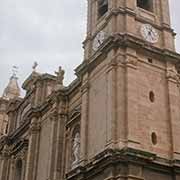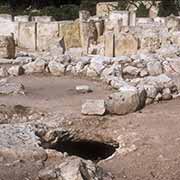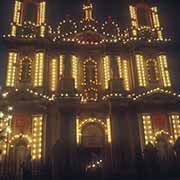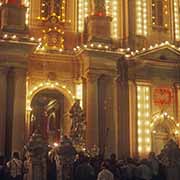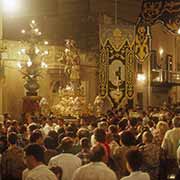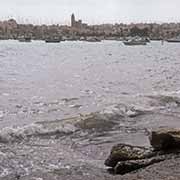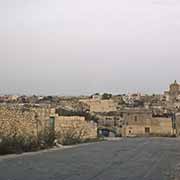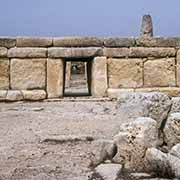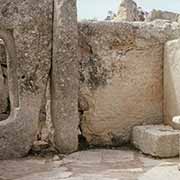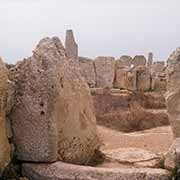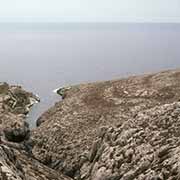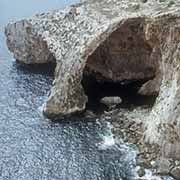Photos of the Southeast of Malta, Malta
The Southeast of Malta
Across the Grand Harbour to the south of Valletta are the Three cities, the fortified cities that played such a significant role in the 1565 Great Siege of Malta. Senglea is also known by its Italian title Città Invicta; Birgu, is known by its title Città Vittoriosa; and Cospicua, is known by its titles Città Cospicua or Civitas Cottonera. Further east is the village of Kalkara, with its view of Valletta.
you may then send it as a postcard if you wish.
To the south of the Three Cities are the small towns of Paola, Gudja and Zejtun, and the Tarxien Temples, a megalithic temple complex dating to approximately 3150 BCE; it is one of the oldest freestanding structures on Earth. The small towns of Marsascala, Marsaxlokk and Birżebbuġa on the east coast of Malta were fishing villages but now also are popular vacation spots.
On the south coast, near the village of Qrendi, are the Mnajdra and Ħaġar Qim megalithic temple complexes. The oldest structures date from between 3600 and 3200 BCE (the Ġgantija phase). One of the temples in Mnajdra was built (or possibly rebuilt) in the late Tarxien phase (3150 – 2500 BCE). To the east is the Blue Grotto, several sea caverns at Wied Iż-Żurrieq, on the rocky coast.



